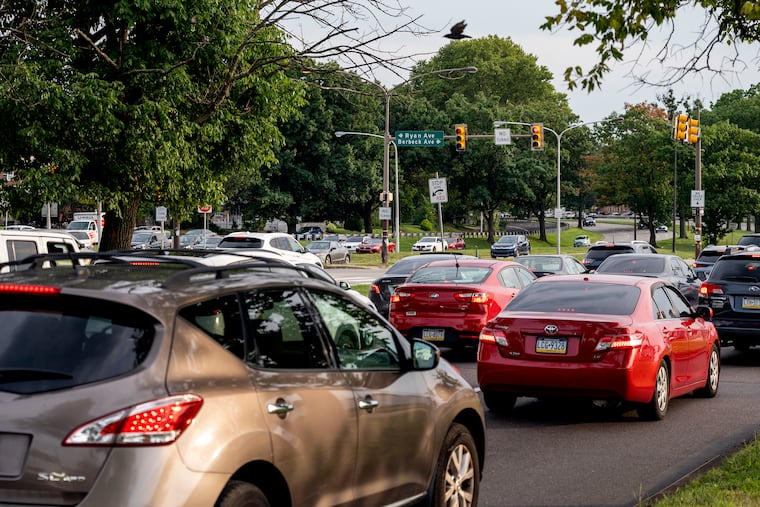Roosevelt Boulevard subway proposal is getting public hearings
Planners of the “Route for Change” blueprint for the Roosevelt Boulevard subway will share what they've been working on and take questions from community members.

Whether you think it’s long past time to start building the Roosevelt Boulevard subway or consider the whole idea a certain money pit, now is the time to make your voice heard and ask questions.
Beginning Tuesday, officials are holding three meetings on the subway proposal over the next three weeks in Northeast Philadelphia, including two with PennDot, SEPTA, and city planners preparing recommendations for the Boulevard of the future.
First proposed in 1913 and considered (and dismissed) a number of times over the decades, the idea of a subway that branches off the Broad Street Line to travel along Roosevelt Boulevard into Bucks County has gained new momentum in the last year, pushed by advocates for more transit and elected officials in the city.
The idea faces a number of regulatory hurdles, including a federal environmental review, and competition for limited federal and state transit dollars. Construction costs could be up to $10 billion, according to SEPTA.
SEPTA says the subway idea has merit, but the agency is already financially strapped and facing a fiscal crisis with COVID relief ending and a projected annual $240 million deficit in its operating budget beginning next year.
Beyond that, it has a backlog of about $5 billion in needed repairs and maintenance of assets it already has.
“The money just has to come from somewhere, and we should be sober about that,” said Christopher Puchalsky, director of policy and strategic initiatives with the city’s Office of Transportation, Infrastructure, and Sustainability.
Planners working on the “Route for Change” blueprint for the boulevard have said they will consider a subway and light-rail in making recommendations, as well as road reconfigurations and other alternatives to make the notoriously dangerous thoroughfare safer and less congested.
In 2003, a study submitted to Philadelphia planners by six engineering and design firms estimated such a subway extension in the median of the roadway could be built within 10 years. It would draw an estimated 124,500 weekday riders, they concluded.
By 2021, the Route for Change report on the future of Roosevelt Boulevard, prepared by the city, SEPTA, and PennDot, recommended bus rapid transit with separate lanes by 2040 and offered two alternative designs: a $10.8 billion partially capped expressway that would have dedicated rapid bus lanes, protected bike lanes, and local traffic on the surface; and a $1.9 billion plan for a slower-speed roadway with dedicated bus lanes, flex lanes (which could be used for on-street parking in nonpeak hours), and bike lanes.